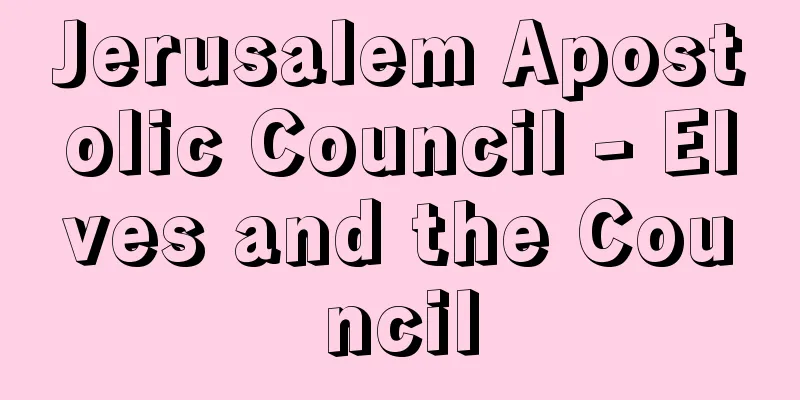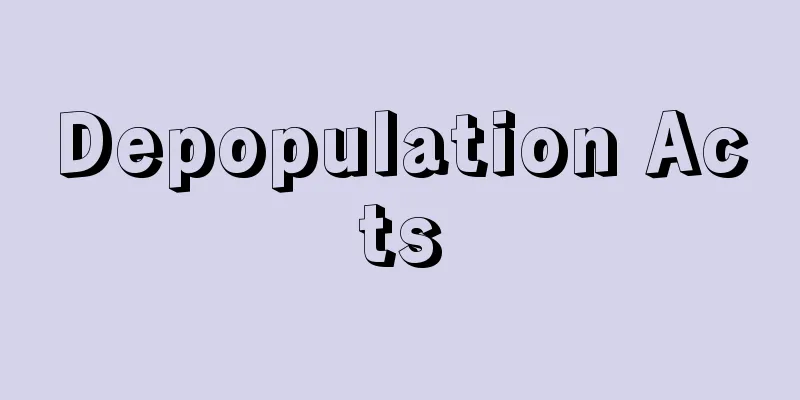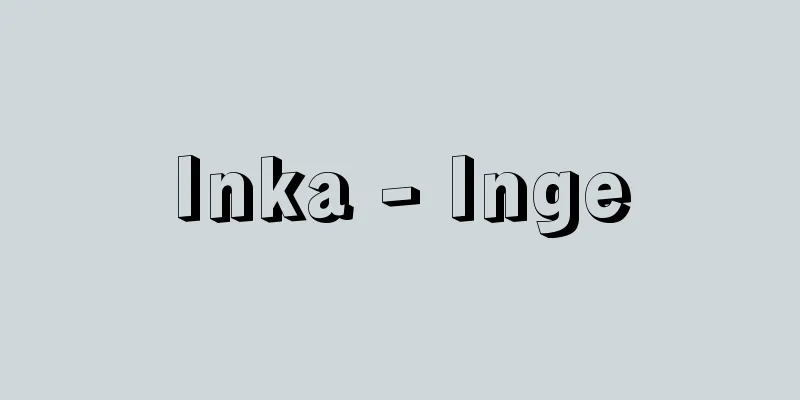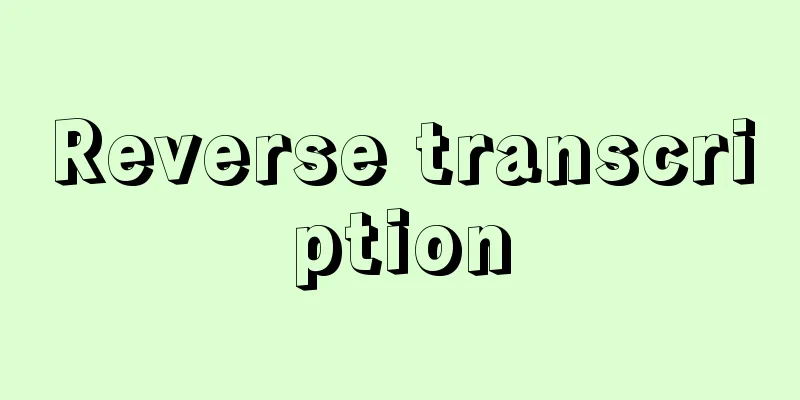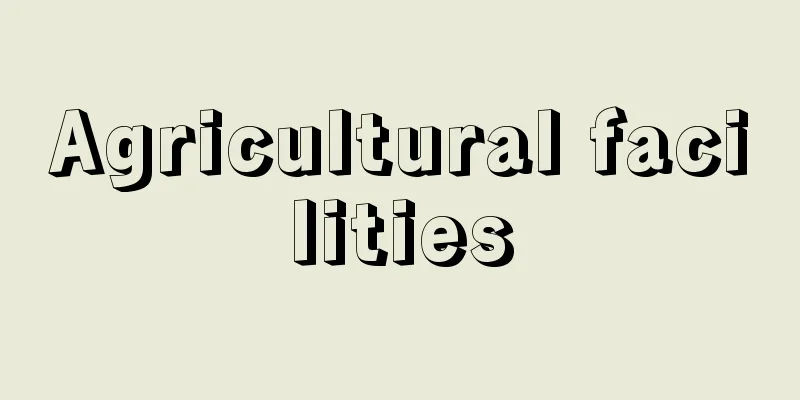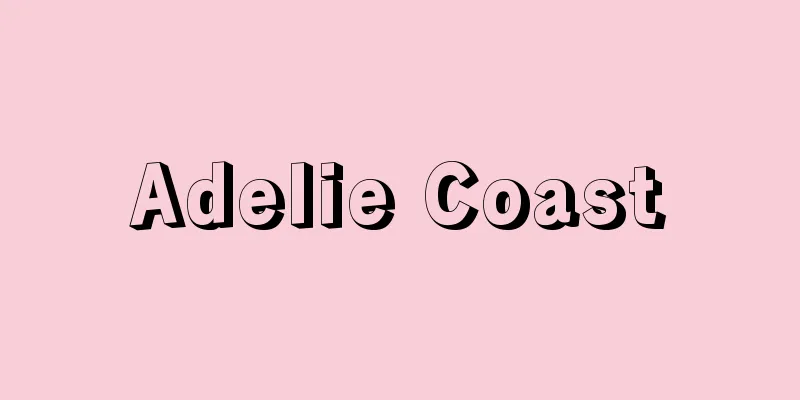Dowa education - Dowa education
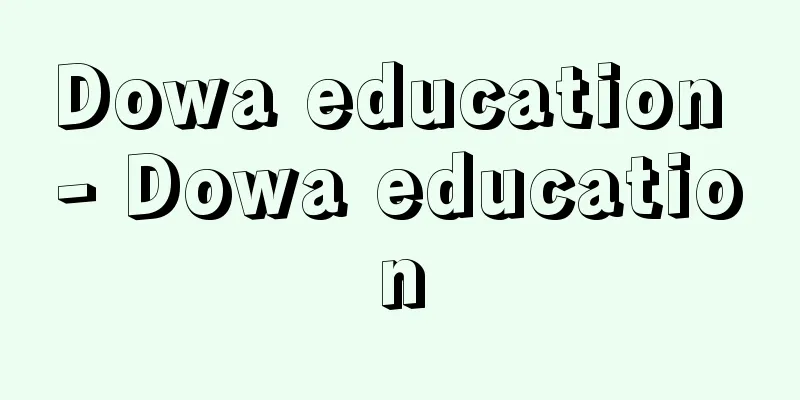
|
Educational activities organized in relation to the resolution of the Buraku issue. OriginBefore the Second World War, education organized to solve the Buraku problem was initially called reconciliation education. Reconciliation education was conceived by the ruling authorities in response to the development of the National Levelers' Association (1922), an independent organization of Buraku residents, and its movement, and was established around 1927 (Showa 2)-1928. With the outbreak of the Second Sino-Japanese War in 1937 and the rapid establishment of a wartime regime that ensued, reconciliation education was transformed into a fascist one, and after the Ministry of Education (now the Ministry of Education, Culture, Sports, Science and Technology) published "The Road to National Reconciliation" (1942), the name was changed to Dowa education. This was in order to more thoroughly mobilize Buraku residents for the war effort under the name of "harmony among compatriots." These historical circumstances influenced the reason why teachers who tried to solve the Buraku problem based on the Japanese Constitution and the Fundamental Law of Education after the Second World War called it "responsibility education" (Wakayama Prefecture), "democratic education" (Okayama Prefecture), "Buraku liberation education" and so on, rather than "Dowa education." However, as the National Dowa Education Research Council (Zen-Dokyo) was formed in 1953 and teachers' research activities developed nationwide, the name "Dowa education" gradually became established. [Osamu Umeda] OverviewThe important thing is not the name, but the content. Dowa education after the Second World War had achieved the following results by the 1960s, responding to the wishes of Buraku residents and children. First, we have worked to effectively guarantee children's right to an education. We have eliminated long-term absenteeism and non-attendance of children (guaranteeing equal educational opportunities), contributed to realizing free textbooks (improving educational conditions), promoted efforts to overcome low academic ability (guaranteeing the right to learn), and worked against discrimination in employment (guaranteeing equal rights when finding employment). Secondly, we have been exploring the ideal content and methods of education based on the principle of combining life and education. We have placed emphasis on life writing education, which encourages children to write about their lives and wishes and fosters empathy and mutual understanding, and have worked on subject instruction that teaches "the truth, in an easy-to-understand way, and linked to life," and on group building as the basis for organizing the needs of life and learning. Third, we have been concerned with the democratic approach of the entity that guarantees children's human rights. We have accumulated valuable experience, such as the importance of teachers' understanding of basic human rights, democratic internal discipline within teacher groups, and how to maintain school autonomy and cooperate with local residents. However, since the 1970s, the situation has become more complicated due to the emergence of liberation education in response to the apparent contradictions within the Buraku Liberation Movement, and the strengthening of Dowa education as a special measure in conjunction with Dowa countermeasures projects. [Osamu Umeda] Current situation and issuesIn the 1990s, the situation surrounding Buraku communities and Buraku children improved further. The educational issues remaining in Buraku communities have taken on an individual character and a hierarchical character, such as economic disparity, and it can be said that the actual basis for the need for the unique term "Dowa education" has basically disappeared. On the other hand, with the end of the special measures (national) that had been implemented since the Dowa Countermeasures Project Special Measures Law (1969), government agencies proposed human rights education instead of Dowa education (1996). Furthermore, the Law on the Promotion of Human Rights Education and Human Rights Awareness-raising (2000) was enacted, and there was a shift from Dowa education to human rights education, and new questions were being asked about the nature of human rights education. [Osamu Umeda] "A Study of the Educational History of the Buraku Problem" (1978), compiled and published by the Buraku Problem Research Institute . ▽ "A Study of Dowa Education" by Nishi Shigekatsu (1981, Buraku Problem Research Institute)." ▽ "The Future of Human Rights Education - The Outcome of the Shift from Dowa Education" by Umeda Osamu (1997, Hyogo Buraku Problem Research Institute)." ▽ "Verification of Human Rights Education - The Consequences of the Shift from Dowa Education" by Umeda Osamu (2003, Buraku Problem Research Institute)." ▽ "Dowa Education Practice - The Creation of New Human Rights Education" edited by Goto Nao, Hagimoto Zenzo, and Igawa Masaru (2005, Minerva Shobo)." ▽ "Human Rights Education and Awareness White Paper, various annual editions compiled by the Ministry of Justice and the Ministry of Education, Culture, Sports, Science and Technology (Nikkei Printing)." [References] | | | | |Source: Shogakukan Encyclopedia Nipponica About Encyclopedia Nipponica Information | Legend |
|
部落問題の解決にかかわって組織された教育活動。 由来第二次世界大戦前、部落問題の解決にかかわって組織された教育は、当初融和教育とよばれていた。融和教育は、部落住民の自主的組織として創立された全国水平社(1922年)とその運動の発展に対応して支配者側によって発想されたもので、1927年(昭和2)~1928年ごろに成立した。 融和教育は、1937年の日中戦争の開始とそれに伴う戦時体制の急速な確立という事態にファッショ的に変質させられ、文部省(現文部科学省)の『国民同和への道』(1942年)の発刊以来、同和教育という名称に変えられた。それは、「同胞一和」の名のもとに部落住民をいっそう徹底して戦争に動員するためであった。 第二次世界大戦後、日本国憲法と教育基本法に基づいて部落問題の解決を進めようとした教師たちが、同和教育ではなく、責善教育(和歌山県)、民主教育(岡山県)、部落解放の教育などとよんだのは、こうした歴史的事情が影響していた。しかし、1953年に全国同和教育研究協議会(全同教)が結成され、全国的に教師の研究活動が発展していくにしたがって、同和教育という名称がしだいに定着していった。 [梅田 修] 概観重要なことは名称ではなく、その中身にある。第二次世界大戦後の同和教育は、1960年代までに部落住民や子供の願いにこたえながら次のような成果をあげてきた。 第一は、子供の教育権の実質的な保障に取り組んできたことである。長期欠席・不就学の子供をなくし(教育の機会均等の保障)、教科書無償の実現に寄与し(教育条件の改善)、低学力の克服を進め(学習権の保障)、就職差別反対に取り組んできた(就職時における平等権の保障)。 第二は、生活と教育の結合という原則にしたがって、教育内容・方法のあり方を探求してきたことである。子供の生活と願いを綴らせ、共感と相互理解を育てるという生活綴り方教育を重視し、「本当のことを、わかりやすく、生活と結びつけて」教える教科指導、生活と学習の要求を組織する基礎としての集団づくりに取り組んできた。 第三は、子供の人権を保障する主体の側の民主主義的なあり方を問題にしてきたことである。基本的人権に関する教職員の理解の意義、教職員集団における民主的な内部規律、学校の自主性の堅持と地域住民との協力のあり方など貴重な経験を蓄積してきた。 しかし、1970年代以降は、部落解放運動の矛盾の顕在化という事態のなかから登場してきた解放教育や、同和対策事業に伴って強化されてきた特別対策としての同和教育などによって、事態は複雑に推移することになった。 [梅田 修] 現状と課題1990年代に入って、部落と部落の子供をめぐる状況はいっそう改善された。部落に残されている教育課題は、個別的な性格・経済格差などの階層的な性格を帯びてきており、同和教育という独自的呼称を必要とする実態的根拠は基本的には消滅したといってよい。 一方、同和対策事業特別措置法(1969年)以来実施されてきた特別対策(国)の終結にかかわって、政府関係機関からは同和教育にかわって人権教育が提起された(1996年)。さらに、「人権教育及び人権啓発の推進に関する法律」(2000年)が制定されるなど、同和教育から人権教育への転換が図られており、新たに人権教育のあり方が問われてきている。 [梅田 修] 『部落問題研究所編・刊『部落問題の教育史的研究』(1978)』▽『西滋勝著『同和教育の研究』(1981・部落問題研究所)』▽『梅田修著『「人権教育」のゆくえ――「同和教育」転換の顛末』(1997・兵庫部落問題研究所)』▽『梅田修著『人権教育の検証――同和教育からの転換の帰結』(2003・部落問題研究所)』▽『後藤直・萩本善三・井川勝編著『同和教育実践――新たな人権教育の創造』(2005・ミネルヴァ書房)』▽『法務省・文部科学省編『人権教育・啓発白書』各年版(日経印刷)』 [参照項目] | | | | |出典 小学館 日本大百科全書(ニッポニカ)日本大百科全書(ニッポニカ)について 情報 | 凡例 |
<<: Fairy tale play - Douwa Geki
Recommend
Illyrioi
…the indigenous people of the western Balkan Peni...
Frisii
...Agriculture and livestock farming are thriving...
Ivanovo (English spelling)
Ivanovo-Voznesensk until 1932. Capital of Ivanovo ...
Wrinkle method - Shunpo
A painting technique used in oriental painting to...
Gleizes, A.
...The Puteaux School continued its wave of demon...
Qiang flute - Kyoteki
〘Noun〙 The flute of the Xiqiang people, a foreign ...
Shikechi fern - Shikechi fern
A medium-sized herb of the Melastomataceae family ...
Campus Crusade
…Originally a term meaning crusade, in recent yea...
Kingi, W.
...The Maori rebelled against the pakeha (white p...
Prasannapada (English spelling)
…Based on this, it is said that truth is expresse...
Numinose
...People can feel fear even when the danger is i...
Even Number - Guusuu
Among natural numbers, it refers to numbers that ...
Vine - Vine
This refers to the stems of plants that climb othe...
Catatonic syndrome
...〈Excitement〉 A state of increased vigorous act...
Vladimir Zhabotinskii
1880‐1940 A leader of the Zionist movement. Born i...
